Annotated Model Explanation Diagram
Perfect educação, no more struggling for ideas!
Generate high-precision 3D organ models for academic explanation and display
@berryxia_ai
AI Art Creator
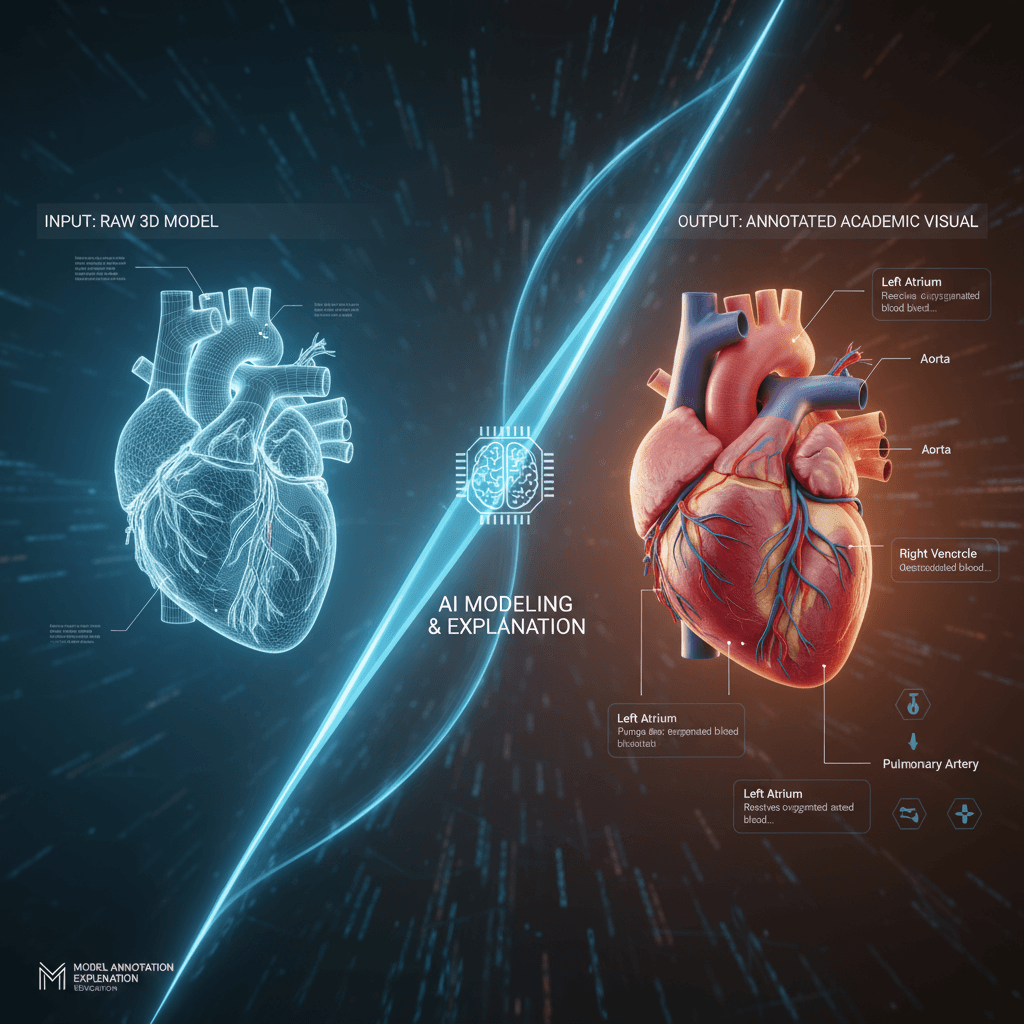
See It in Action
See the amazing results this AI prompt can create
Input Image

Generated Result

Complete Prompt
Copy the prompt below and paste it into your favorite AI tool to start creating
Draw [3D human organ model display example heart] for academic presentation, with annotated explanations, suitable for demonstrating its principles and functions of [each organ], very realistic, highly accurate, extremely detailed design
Why Use This AI Tool?
Discover how this powerful AI prompt can help you create stunning artwork
Efficiency Boost
The Annotated Model Explanation Diagram delivers an unparalleled **Efficiency Boost** in academic presentations by automating the creation of high-precision 3D organ models. This AI tool streamlines the design process, enabling educators to focus on content quality while ensuring detailed, accurate visual aids that enhance understanding of complex biological principles.
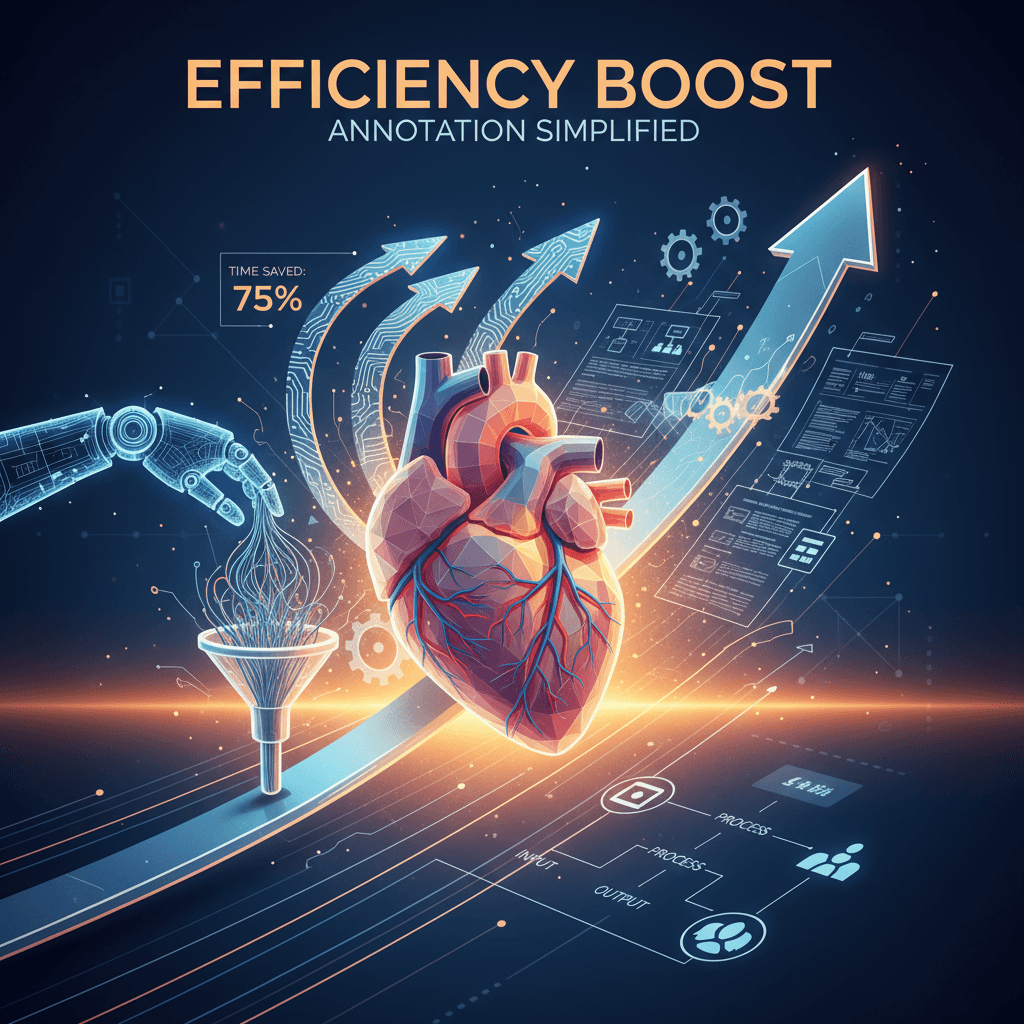
Creativity Enhancement
The Annotated Model Explanation Diagram enhances creativity by enabling educators and researchers to visualize complex human organ systems in stunning 3D detail. This AI-driven tool fosters innovative teaching methods, encourages interactive learning, and elevates academic presentations through precise, annotated representations, ultimately transforming scientific communication.
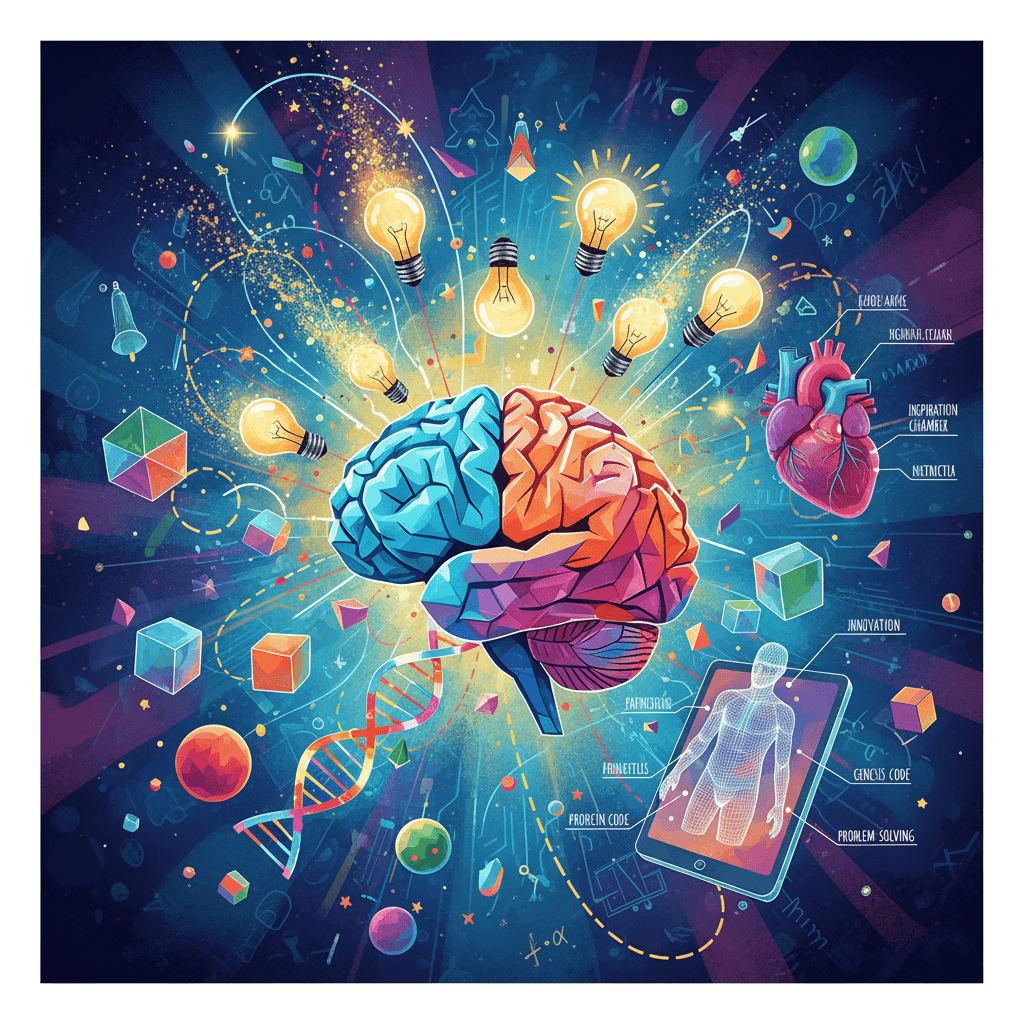
Template Variety
The Annotated Model Explanation Diagram excels in "Template Variety" by offering diverse, customizable 3D organ models tailored for academic presentations. Users can choose from multiple styles and annotations, enhancing engagement and comprehension in educational settings while showcasing the intricate details of human anatomy.
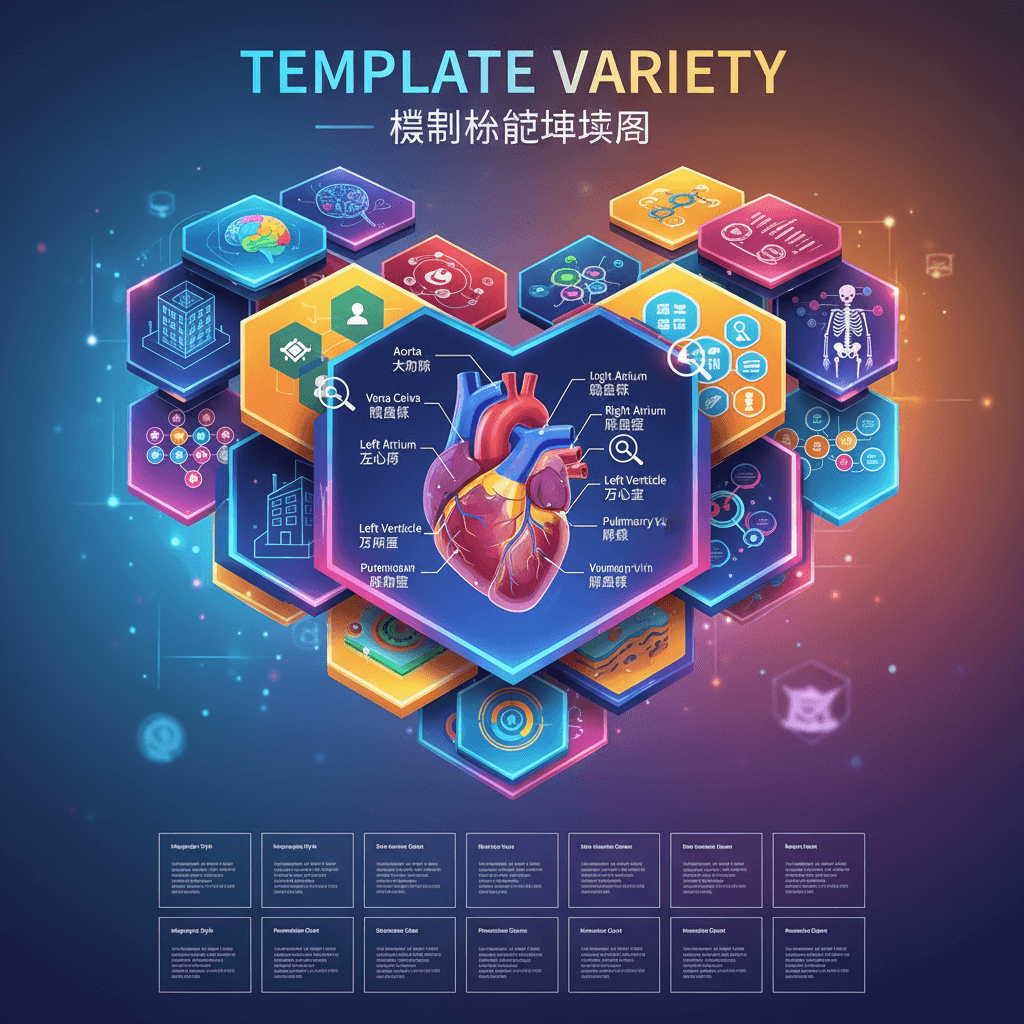
How to create educação with an AI Educação generator?
Create stunning AI artwork in just a few simple steps
- 1
Input Ideas
To input your ideas, type a specific organ name (e.g., "heart") followed by details like "academic presentation" or "annotated explanations" to generate a detailed 3D model and annotations.
- 2
Select Template
To select a template, click on the "Select Template" button, then browse through available options. Choose a suitable template for your 3D organ model by clicking on it to apply.
- 3
AI Generate
To generate a 3D organ model, input your desired organ (e.g., heart) into the prompt. Click "Generate" to receive a highly detailed, annotated model for academic presentation.
- 4
Download Artwork
To download your generated 3D organ model artwork, click the "Download Artwork" button. Select the desired file format, then confirm your download to save the high-precision model to your device.
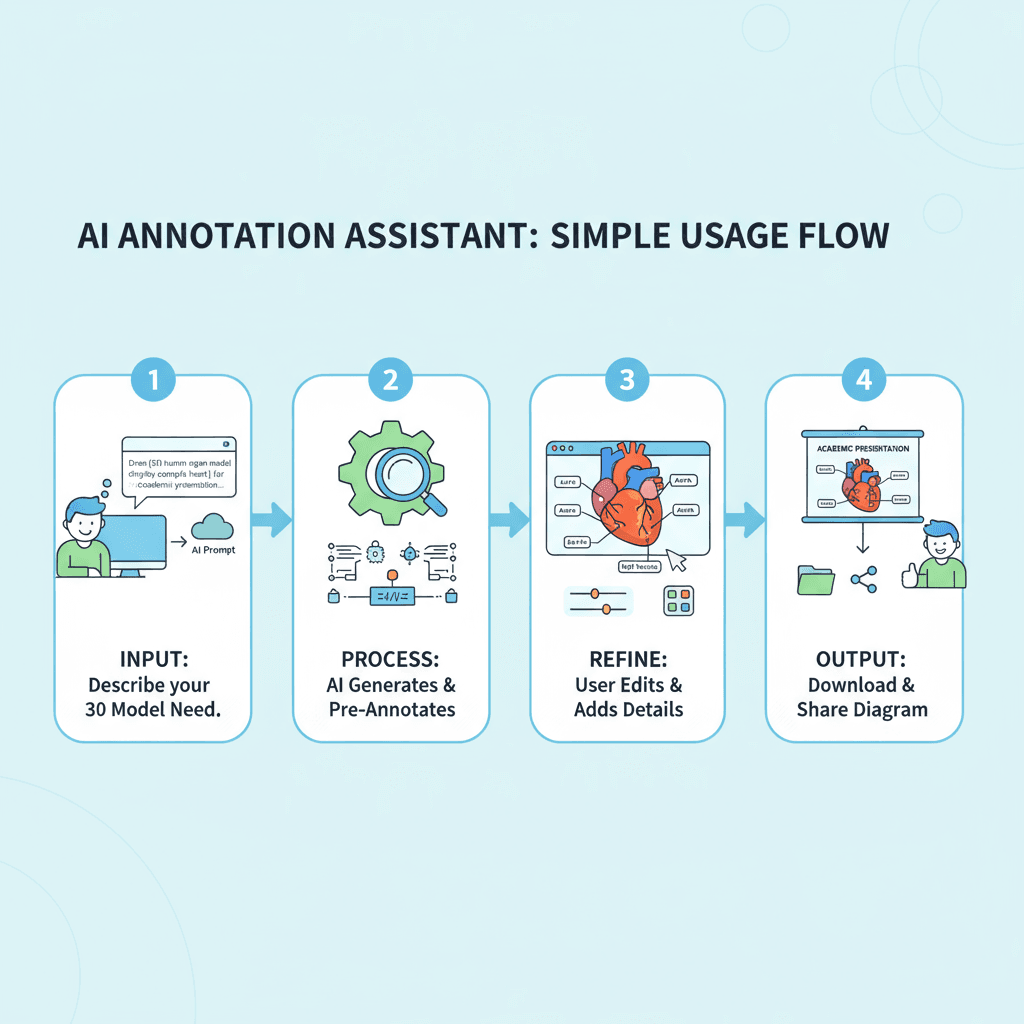
Who Can Use This AI Tool?
This AI tool is perfect for various creative professionals and enthusiasts
Medical Educators
They can use the tool to create detailed 3D organ models for lecture presentations, helping students visualize complex anatomical structures during classes.
Healthcare Marketing Professionals
These users can leverage the realistic models for promotional materials, enhancing patient education by visually explaining medical procedures and organ functions in brochures.
Biomedical Researchers
Researchers can utilize the annotated models in grant proposals and publications to clearly communicate their findings on organ functionality and disease impact, improving comprehension and engagement.
What Our Users Are Saying
See what users are saying about this AI tool
Emily
Graduate student in biology
“I've been using the Annotated Model Explanation Diagram tool for about six months in my studies. It has completely transformed how I present my research on organ systems. The high-precision 3D models are so detailed, which helps my classmates understand complex structures better. One presentation saved me hours of preparation time because I could quickly create the visuals I needed instead of drawing everything by hand. It's become an essential part of my academic toolkit!”
Jake
Freelance educator
“As a freelance educator, I've tried several tools to enhance my teaching materials, but the Annotated Model Explanation Diagram has been a game changer. I started using it a few months ago for creating interactive content for my online courses. The 3D organ models not only engage my students but also provide clarity on topics that are usually hard to grasp. One project that used to take me a week now takes just a couple of days, thanks to this tool. Highly recommend it for anyone in education!”
Creation Highlights
Unlock the future of education with our AI generation platform, delivering high-precision 3D human organ models like the heart. Perfect for academic presentations, these intelligent, annotated displays enhance understanding of anatomical functions and principles, making learning efficient and engaging. Elevate your educational resources today!
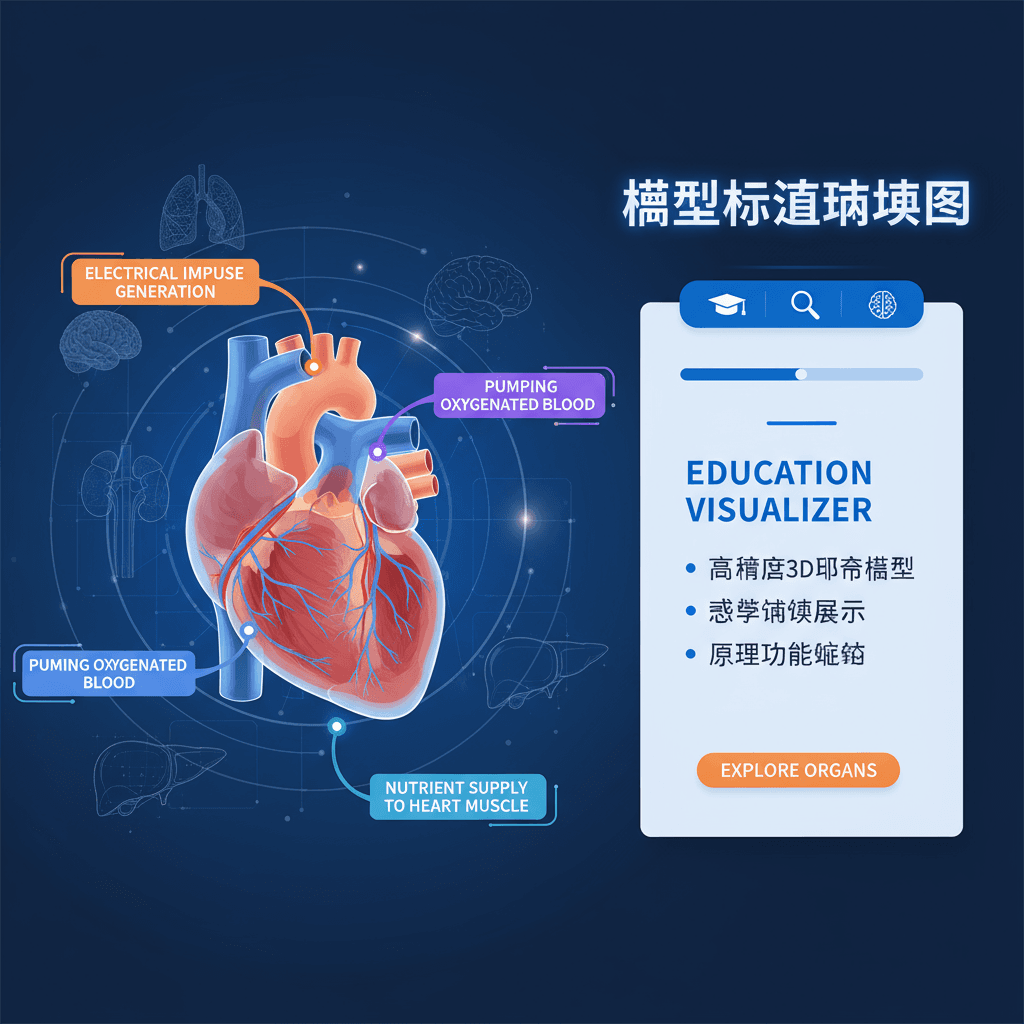
Frequently Asked Questions
Answers to common questions about using this AI tool
Ready to Start Your AI Creation Journey?
Use this proven AI prompt template to create professional artwork in minutes. Start experiencing extraordinary AI creativity now!
Discover More AI Tools
Explore our curated collection of AI creation tools

Hardware Disassembly Diagram
Show device exploded view displaying all internal components

Illustration Drawing Process Four-Panel
Show illustration from line art to completion in four steps

Knowledge-Based Image Generation
Generate educational infographics based on knowledge

Math Problem Reasoning
Intelligently solve math problems and annotate answers on the original image

Article Infographic
Convert article content into cute infographic designs

Creative Advertisement with Real Objects and Hand-drawn Doodles
A minimalist yet creative advertisement set against a pure white background. A real [real object] is combined with hand-drawn black ink doodles, with loose and playful lines. The doodles depict: [doodle concept and interaction: cleverly and imaginatively interacting with the object]. Add bold black [advertising copy] text at the top or middle. Place [brand logo] clearly at the bottom. The visual effect should be simple, interesting, high contrast, and cleverly conceived.